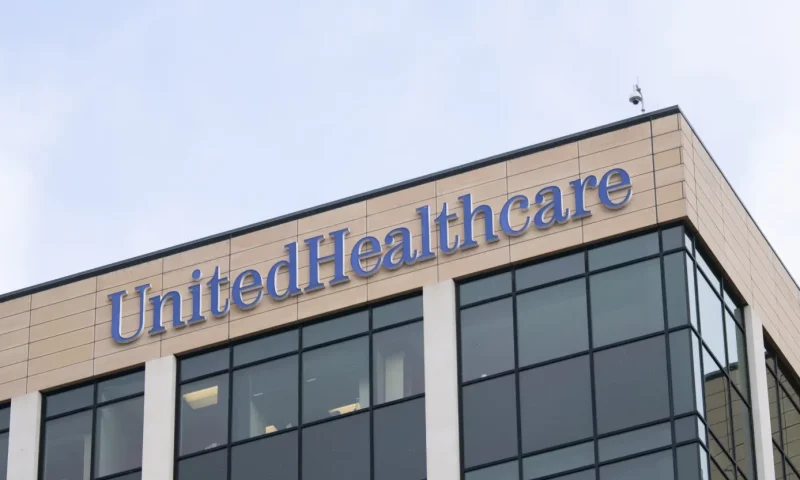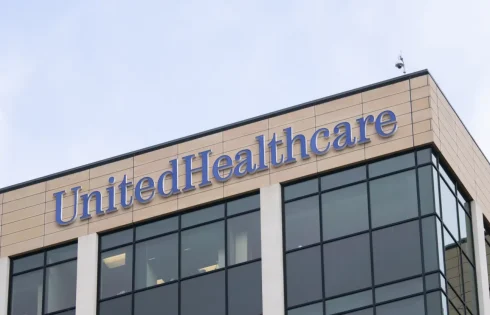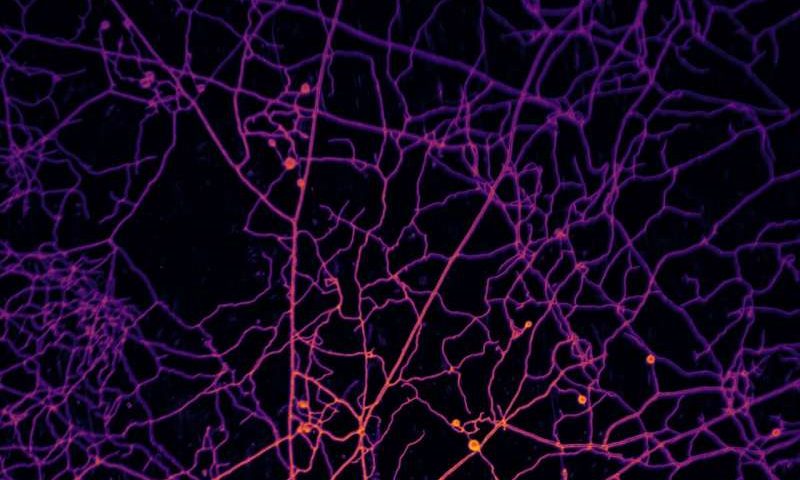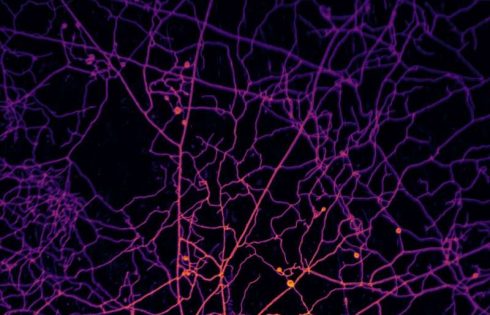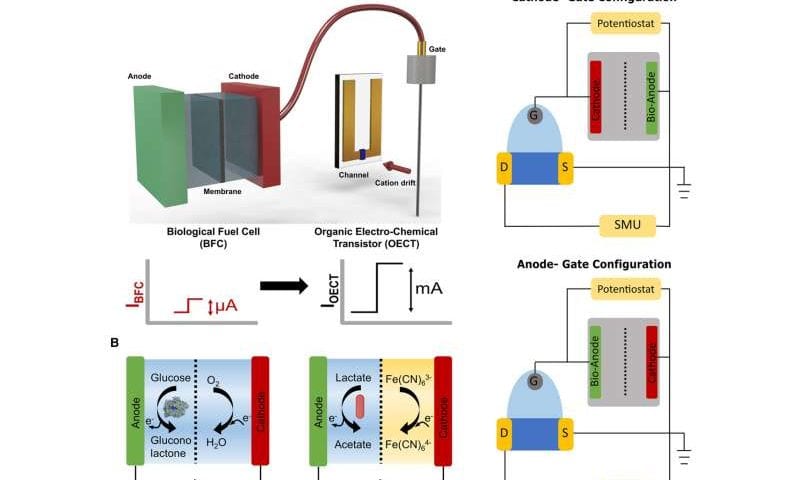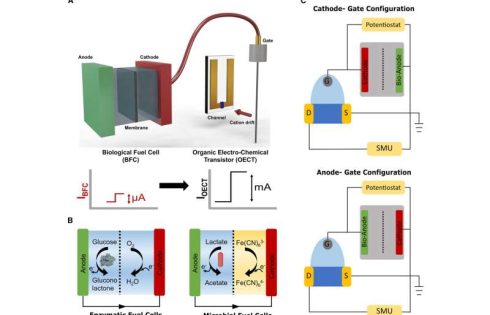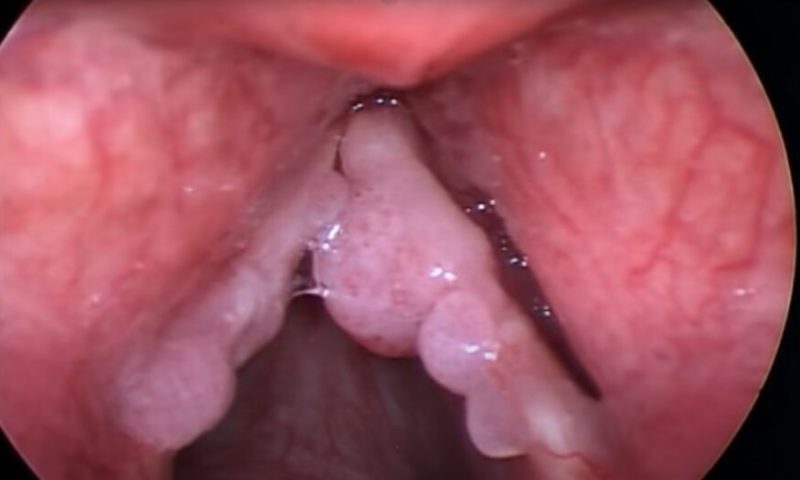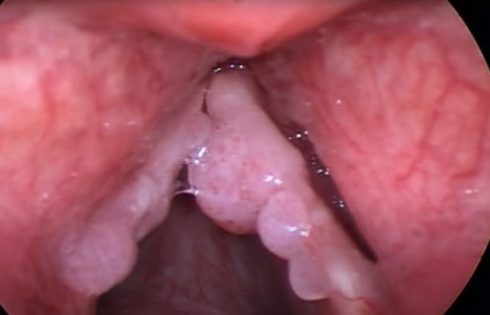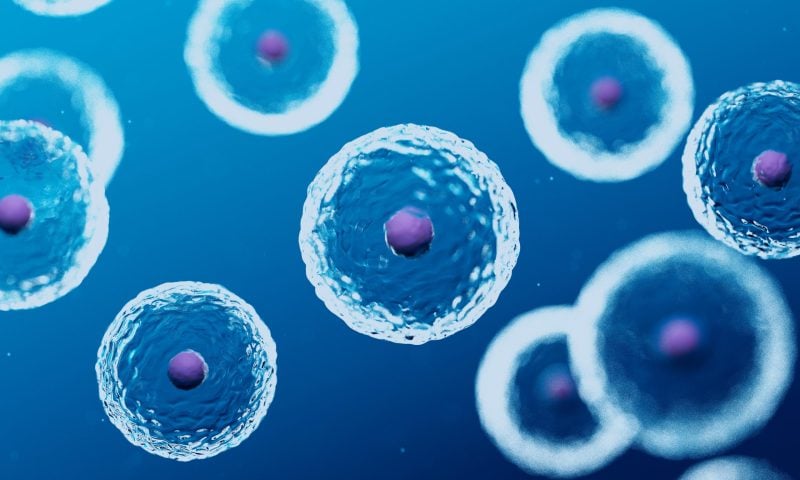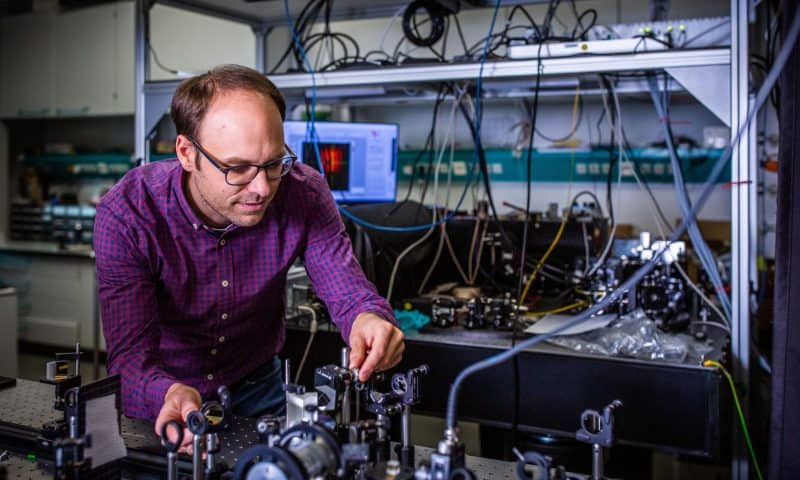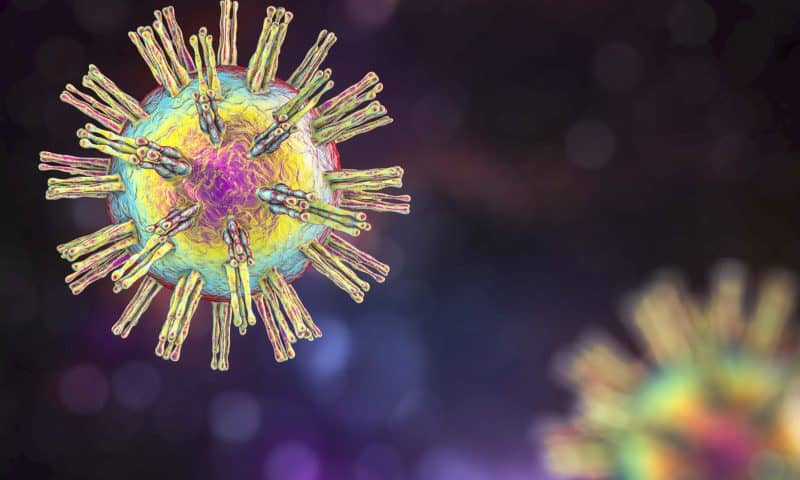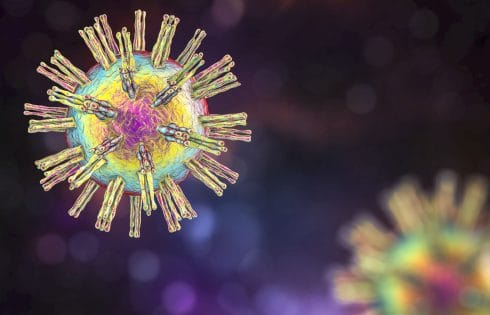Audit finds thousands were improperly enrolled in Illinois health care program for noncitizens, while costs were vastly underestimated

SPRINGFIELD — Gov. JB Pritzker’s administration vastly underestimated the cost and popularity of a pair of health insurance programs for immigrants who are not citizens that has ended up costing the state $1.6 billion since the initiative began in 2020, according to an audit report released Wednesday.
Aside from inaccurate projections of the programs’ cost and the number of people who would enroll, the audit uncovered more than 6,000 people enrolled in the programs who were listed as “undocumented” despite having Social Security numbers, and nearly 700 who were enrolled in the program for people 65 and older despite being younger than that. In addition, almost 400 people were enrolled in the programs but appeared to have been in the country long enough to qualify for Medicaid, which is jointly funded by the federal government.
The report from Illinois Auditor General Frank Mautino’s office was published a week after Pritzker proposed eliminating funding for the program that provides Medicaid-style insurance coverage for people younger than 65 who are in the country without legal permission or are in the U.S. legally but have not yet qualified for a green card. The cut, estimated to save $330 million, was part of Pritzker’s plan to close a budget hole once pegged at more than $3 billion.
The cost overruns were particularly pronounced in the program for younger recipients, with the actual expenditure of $485 million through the three years ending June 30, 2023, coming in at nearly four times the estimated cost of $126 million, according to the audit.
At a news conference in Chicago on Wednesday to announce another round of medical debt relief for Illinois residents, Pritzker did not answer directly when asked why the estimates his administration used for the programs were so far off. Instead, he said some individuals were at times kept on the programs’ rolls for a period before the state determined they were no longer eligible, either because of a change in immigration or employment status or some other factor.
Despite his proposal to do away with funding for coverage of those under 65, Pritzker reiterated his support for universal health care coverage in an unspecified form.
“The broader context is people need to get health care,” Pritzker said, adding: “It’s some evidence, anyway, that there are an awful lot of people out there that need coverage who aren’t getting it or who will do anything to get it, and I think that’s a sad state of affairs in our society.”
As of December, there were 41,505 people enrolled in the programs — one for those 65 and older, one for those under 65. Roughly 80% of them were in the program for younger immigrants for which Pritzker has proposed eliminating funding beginning July 1.
Illinois initially offered Medicaid-style health care coverage for noncitizen immigrants 65 and older in 2020 under a program called Health Benefits for Immigrant Seniors. This group of recipients was ineligible for the traditional health insurance program for the poor, which is jointly funded by the federal government.
This state-run health care initiative has been expanded twice and now covers those 42 and older. The ballooning costs of the program complicated budget negotiations two years ago.
Together, the two programs do not extend to the asylum-seekers arriving in Chicago from the southern U.S. border.
The two programs launched in Illinois at a time when Medicaid redeterminations — annual checks that verify whether an enrollee is eligible for that benefit — were put on pause by the federal government during the COVID-19 pandemic.
But the costs for the programs eventually spiraled upward and the issue has roiled the General Assembly in recent years. In February 2023, Pritzker took steps to curtail enrollment in the programs after an initial cost estimate from his administration of $220 million swelled fivefold three months later to $1.1 billion. Ultimately, a little over $500 million was set aside in the budget that passed by the legislature that spring.
Last year, the governor announced plans to cut as many as 6,000 health care recipients across the two programs to save more money.
Pritzker in the past has defended immigrant health care as a state effort to save more taxpayer money by providing this kind of coverage to noncitizens by keeping them out of emergency rooms and hospitals. But hours after announcing his budget proposal last week, Pritzker explained how there’s been people of working age in the 42-to-64 program that have later been able to find a better-paying job “that has health care associated with it.”
“Yes, we’re making sacrifices across the budget,” Pritzker said in his ceremonial office at the state Capitol. “I’m making sacrifices on things that matter to me.”


